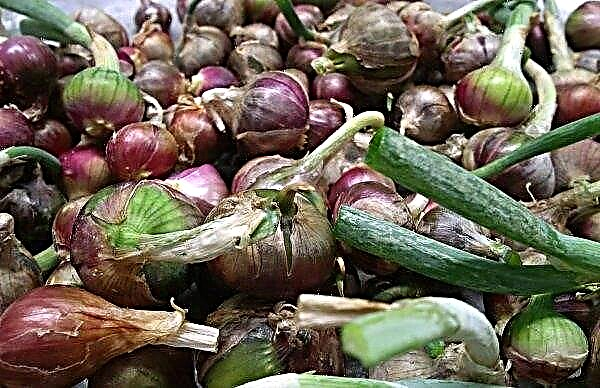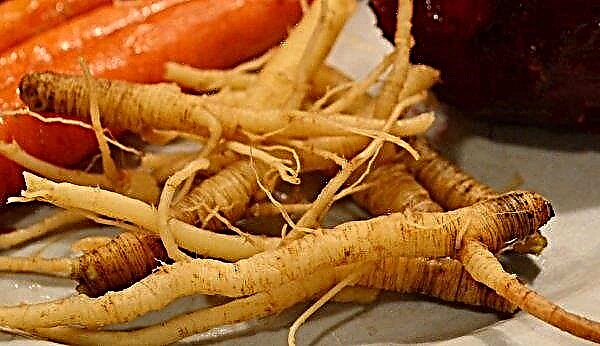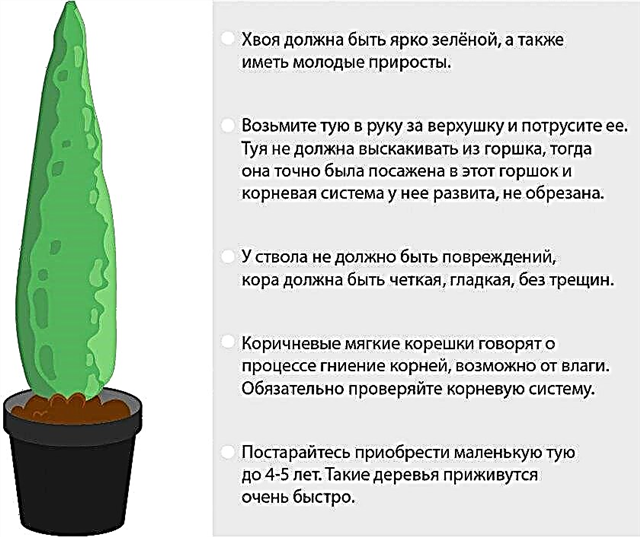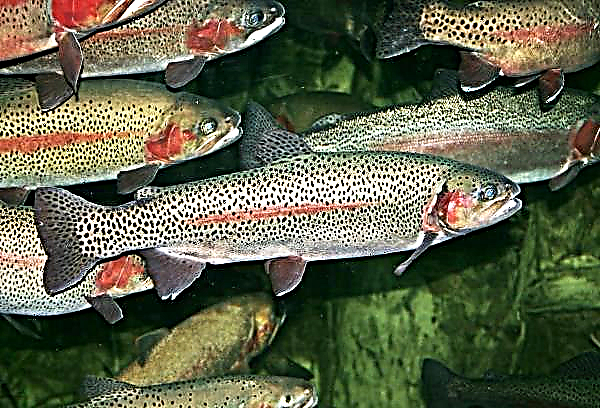Fir is an evergreen tree from the Pine family. Despite frost resistance and natural resistance to various diseases, this plant can be exposed to pests. The most common sign of harm is the appearance of a white coating on the needles.
What about fir if it has a white coating
Most often, fir suffers from sucking pests. These include aphids hermes. It is because of their vital activity that the needles can become white coated. The presence of a light substance indicates that the hermes have already settled the plant and provoke its drying out.

The influence of insects is seasonal and fully manifests itself only in June. In spring, pests are weakly active and can go unnoticed for a long time, which complicates the fight against them.
Description of spruce-fir hermes
The life process of the Hermes begins in April: at this time, the larvae hatch and begin an active life. By the end of the month, they manage to develop to the stage of full-fledged insects, becoming females, which are the founders of new colonies.
Important! Hermes with a change of generations are moving from fir to spruce and vice versa. That is why experienced gardeners do not plant these two trees side by side.
Hermes will lay new eggs and by the end of May there will be a new large generation of pests that feeds on fir. Because of them, the needles are deformed and fall off, the needles turn yellow, and also begins to become covered with white coating.
At the end of the summer season, the latest generation of pests appears. They leave new eggs to winter in a conifer until next spring.
Fighting Hermes
Fighting pests is possible and necessary: an excessive amount of them can not only spoil the external decorative qualities of fir, but also greatly damage the plant’s health. In many cases, to quickly eliminate insects, it is enough to remove the shoots on which the galls appeared.
Did you know? Fir can live more than 300 years. Among some species of this coniferous plant, there are also specimens that grow up to 700 years.
In this way, it will be possible to get rid of hermes at their early stage of development, when the number of pests is still small. Gauls look like small light green or silver "cones" - they serve to breed insects.
If the gardener noticed the presence of pests when they became too many, you will have to resort to the use of chemicals. You can’t do without them if the Hermes bred for several generations. It is important to be able to clearly distinguish when you can still not use drugs, and when you have to resort to them.
Preparations
Provided that the pests were noticed in May, it is necessary to treat the plant with systemic drugs. It will not be effective to spray the tree with chemicals in the form of aerosols - a white coating is quite dense and can become a protection for insects from poison.
Among the drugs used year-round include the most famous "Aktara" and "Enzhio." These are effective insecticides that help to cope not only with hermes, but also with aphids and other insects.
Step-by-step instruction
Conventionally, the treatment of plants with drugs can be divided into two stages: spring and summer.
The sequence of actions of the gardener should be as follows:
- In April, treat the tree with the chemicals "Actellic" and "Decis Profi" - in addition to the effective elimination of insects, they well eliminate galls when their first signs appear, for example, yellowing of needles.
- In May, spray the plant with “Aktara” and “Enzhio” preparations to suppress hermes during their reproduction.
- Repeat the procedure by mid-summer. If in July the pests moved to spruce, use the same insecticides.
- In August, to process “Angio” and “Aktara” not only the tree itself, but also the root zone of the upper layers of the soil: on a bucket of water, 4 grams of the substance will destroy the last generation of insects on the needles, as well as the larvae before wintering.

Carrying out these procedures will help in the fight against pests not only during the current year, but also provide prevention for the next spring.
In case of low efficiency, when the plant continues to dry, instead of spraying drugs, use injections in the tree itself. This will make the fir juice that the pests eat is poisonous to them.
Did you know? Freshly broken fir branches have sterilizing properties. This is due to the content of phytoncides in them - substances that kill bacteria.
Disease Prevention and Fir Pest Control
The course of preventive measures should begin even before planting the plant. Aphids and hermes often appear where, in addition to this tree, spruce or larch also grow. It is important to feed fir in a timely manner: strong and completely healthy plants are less likely to be at risk of pests.
Soil enrichment with phosphorus-potassium fertilizers in early spring before the onset of the growing season, plants are also effective in prevention. For fir, like many other conifers, potassium sulfate is excellent. It should be used in mid-autumn, before the onset of cold weather.
Important! If you still can’t stop the emergence of hermes, in addition to treating the tree with insecticides, do not forget to continue to maintain the health of the fir with immunostimulants so that it does not die.
The amount of fertilizer depends on the soil itself: the main thing is to maintain a neutral pH value. Saturation of soil with calcium and immunostimulants in April will make the plant much more durable and prevent not only insect attacks, but also the appearance of diseases. Among calcium supplements, calcium nitrate is the most common, and Kendal is the most commonly used drug among immunity stimulants.
White coating on fir is not the cause of the disease, but the result of exposure to pests on the plant. It is necessary to fight directly with insects by treating the tree with insecticides in the place where they live. The gardener will have to be patient in order to completely get rid of hermes: they will have to act within six months to achieve maximum efficiency and avoid the appearance of pests next year.












